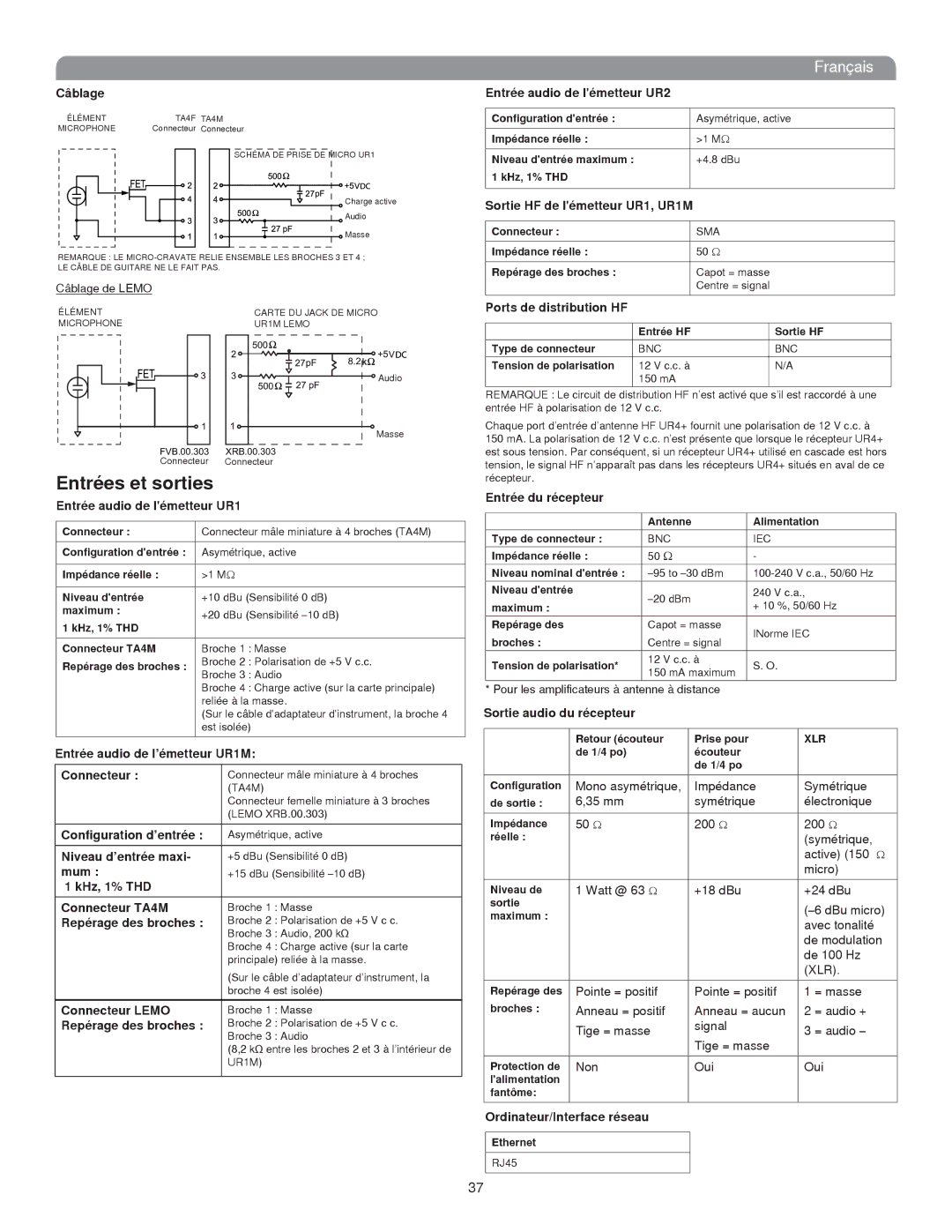UHF-R specifications
The Shure UHF-R is a premium wireless microphone system designed for professional use in live performances, broadcasting, and theater. Known for its unparalleled audio quality, robust build, and reliable performance, it has become a favorite among artists, sound engineers, and production companies globally.One of the standout features of the UHF-R system is its advanced frequency diversity technology, which allows users to select from a wide range of channels and frequencies, greatly reducing the chances of interference. With up to 2400 selectable frequencies across 60 MHz of bandwidth, users can easily find a clear signal for their performances. This feature is especially beneficial in crowded environments, such as concert venues or festivals, where multiple wireless systems might be in use simultaneously.
The system offers analog audio outputs and digital signal processing that ensures the highest fidelity audio transmission. The UHF-R transmitters are equipped with Shure's renowned microphone capsules, allowing for different sound profiles tailored to vocalist preferences, and they provide precise, clear sound reproduction. Whether using a handheld microphone, bodypack, or guitar system, the flexibility of adapters and compatibility with various mics make it a versatile choice for any application.
Another significant characteristic of the UHF-R system is its exceptional range. With a line-of-sight operation, the system can reach distances up to 300 feet or more, depending on environmental factors. This feature allows performers the freedom to move around the stage without worrying about audio dropouts.
The system's user-friendly interface makes setup and operation straightforward. The LCD screen on both the receiver and transmitters provides real-time information on channel selection, battery status, and audio levels, ensuring that users are always aware of their system’s performance. Additionally, its wireless access control allows for remote operation and monitoring through Shure's Wireless Workbench software, enabling sound engineers to manage multiple systems easily.
Battery life is another strong point of the UHF-R system, with transmitters providing up to 8 hours of continuous use on standard AA batteries. As an added bonus, the transmitters come equipped with a battery status indicator, helping users keep track of their power levels.
Overall, the Shure UHF-R wireless microphone system combines superior sound quality, cutting-edge technology, and practical features, making it an essential tool for professional audio applications. Whether in a concert hall, a conference, or a theater, the UHF-R system delivers consistent performance that meets the demands of any high-profile event.

